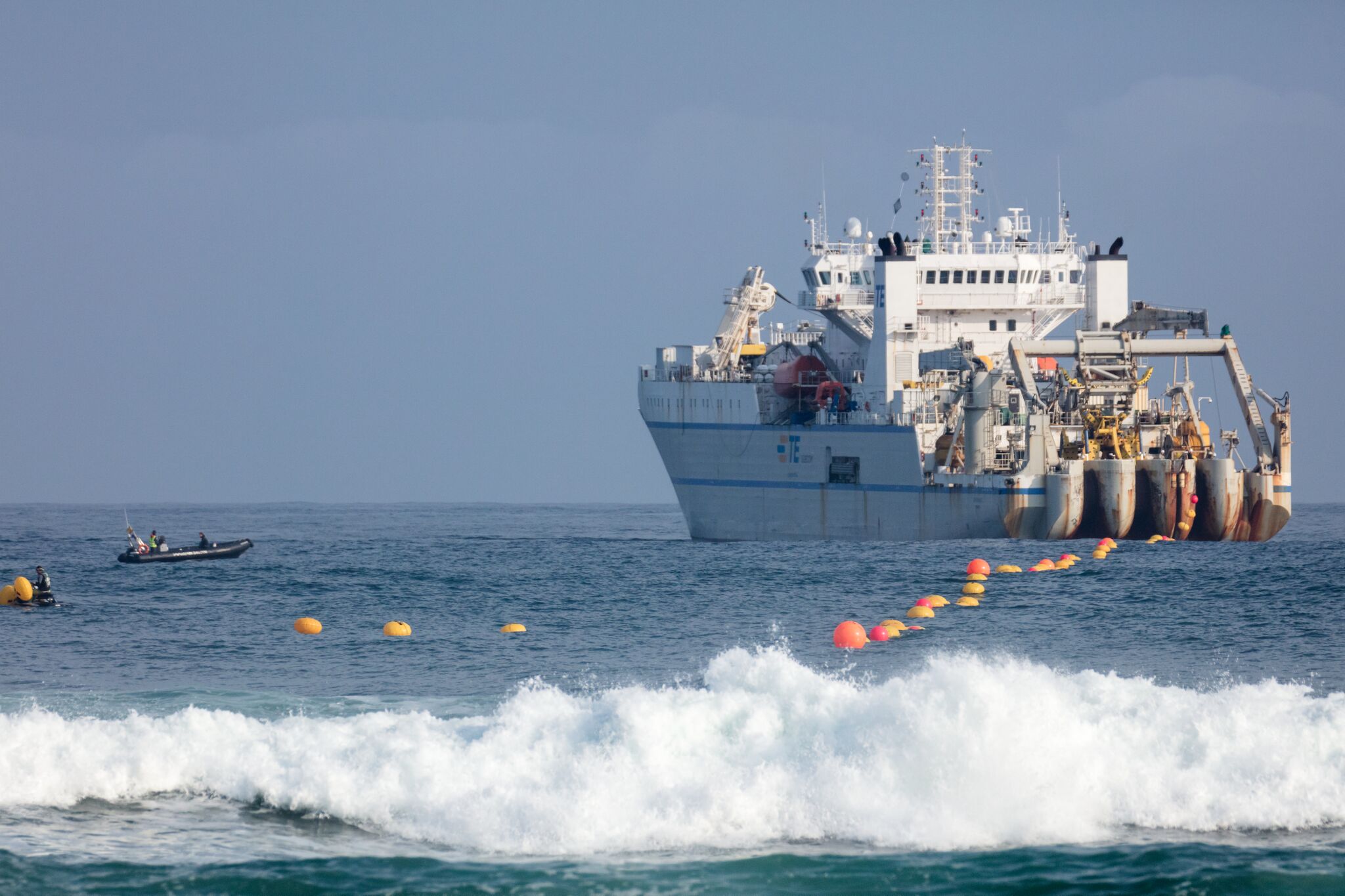It took more than five months to lay Marea, the 4,000-mile-long cable between North America and Spain unveiled Friday, a “daunting feat today, but downright unthinkable 150 years ago,” writes Brad Smith, Microsoft president, and Carol Ann Browne, Microsoft director of executive communications, in a new post in the “Today in Technology” series on LinkedIn.
In the 1850s, when American financier Cyrus Field set out to connect the New World with the old via an undersea wire, “news stories at the time deemed his ambitious attempts ‘only one degree, in the scale of absurdity, below that of raising a ladder to the moon,’” Smith and Browne write.
But that ladder was raised. On Aug. 16, 1858, a telegraphic line of seven copper wires weighing one ton per nautical mile was successfully laid between the west coast of Ireland and Newfoundland, they write. “It was a huge event for people on both sides of the Atlantic. The cable officially opened when Queen Victoria sent U.S. President James Buchanan a message in Morse code ‘fervently hoping that the electric cable, which now connects Great Britain with the United States, will prove an additional link between the two places whose friendship is founded upon their common interests and reciprocal esteem.’”
The cables were hailed as the “eighth wonder of the world” and “created a network of almost instantaneous communications and proved to be an early catalyst of globalization,” Smith and Browne write. “News that previously took weeks or months to reach its destination could be relayed within hours.” By the early 20th century, much of the world was connected by a network of cables.
Today, more than 99 percent of international communications is routed through fiber optic cables, with much of it at the bottom of the world’s oceans, which is why Marea’s added subsea cable capacity across the Atlantic comes at a critical time, Smith and Browne write.
“Submarine cables already carry 55 percent more data across the Atlantic than trans-Pacific routes and 40 percent more data than between the U.S. and Latin America. Without question the demand for even more data flows across the Atlantic will keep growing,” they write.
Read the full post on LinkedIn.

